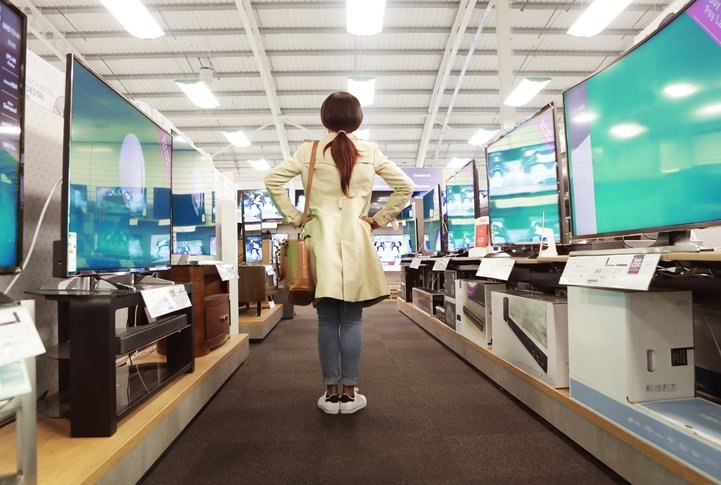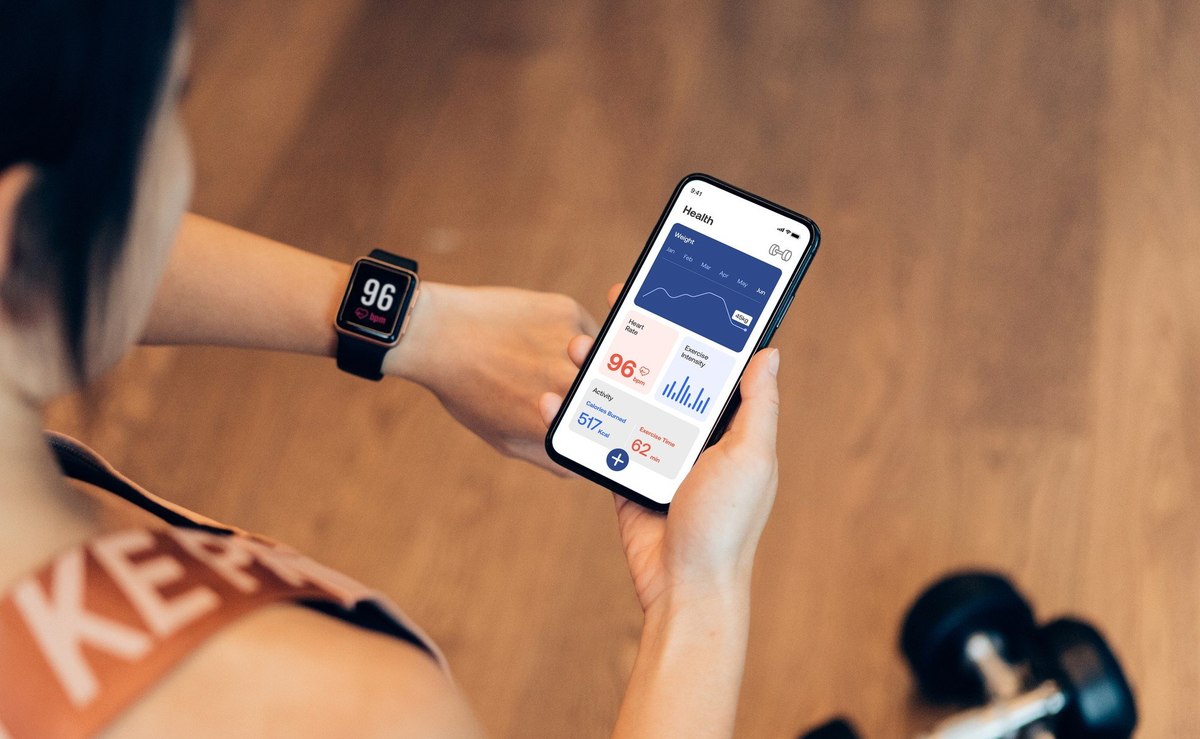
Higher earners more likely to be considering second-hand purchases
As the impact of inflation continues to be felt to varying degrees across the globe, people’s focus on their financial well-being has made many tighten their belts and cut back on expenses. That coupled with an increased awareness of sustainability is perhaps why consumers are looking more towards second-hand purchases. But in which categories would global consumers consider purchasing second-hand products?
Perhaps it shouldn’t be surprising that new YouGov data, focused on 17 markets across Europe, APAC, North America and MENA, identifies that cars and furniture are the categories where consumers are most likely to consider buying second-hand (51% and 36%). After all, both enjoy well-established markets.
But almost a third of consumers around the world are now also ready to buy used clothes and shoes (32%). This is encouraging for the fashion industry as many brands are trying to enable resale, repair, rental and refill to offset their carbon footprint.
Technology is another significant industry where second-hand products are popular. Over a quarter of global respondents would consider buying pre-owned cell phones (27%) and other products like TVs, laptops and home appliances (27%).
The products consumers are least likely to purchase second hand are exercise/sports equipment (24%) and gaming consoles (19%).
We delved further into the data to discover whether income defines which products people would consider buying second-hand. Overall, the data suggests that consumers are willing to buy second-hand products across all income levels, but this willingness varies across different product categories.
Looking at the data, it can be noted that in most categories (and perhaps counter to instinct) a higher percentage of higher-income consumers are willing to buy second-hand products than lower-income consumers. For instance, 59% of higher-income consumers are willing to buy second-hand cars, while only 45% of lower-income consumers are willing to do so. Similarly, 40% of higher-income consumers are willing to buy second-hand furniture, compared to only 35% of lower-income consumers.
The percentage of consumers willing to buy second-hand products decreases as the category moves towards more personal items, such as clothes, shoes, and cell phones – a trend evident across all income levels. But is noticeable that higher income earners are more likely considerers across most of our categories – with the exceptions being clothes and shoes, cell phones and tech.
Explore our living data – for free
To receive monthly insights about the automotive industry register here.
To read YouGov’s latest intelligence on the auto sector explore here.
Make smarter business decisions with better intelligence. Understand exactly what your audience is thinking by leveraging our panel of 20 million+ members. Speak with us today.
Methodology: YouGov Surveys: Serviced provide quick survey results from nationally representative or targeted audiences in multiple markets. The data is based on surveys of adults aged 18+ years in 18 markets with sample sizes varying between 512 and 2034 for each market. All surveys were conducted online in February 2023. Data from each market uses a nationally representative sample apart from Mexico and India, which use urban representative samples, and Indonesia and Hong Kong, which use online representative samples. Learn more about YouGov Surveys: Serviced.
Getty Images
































